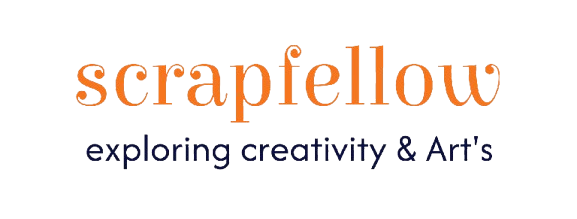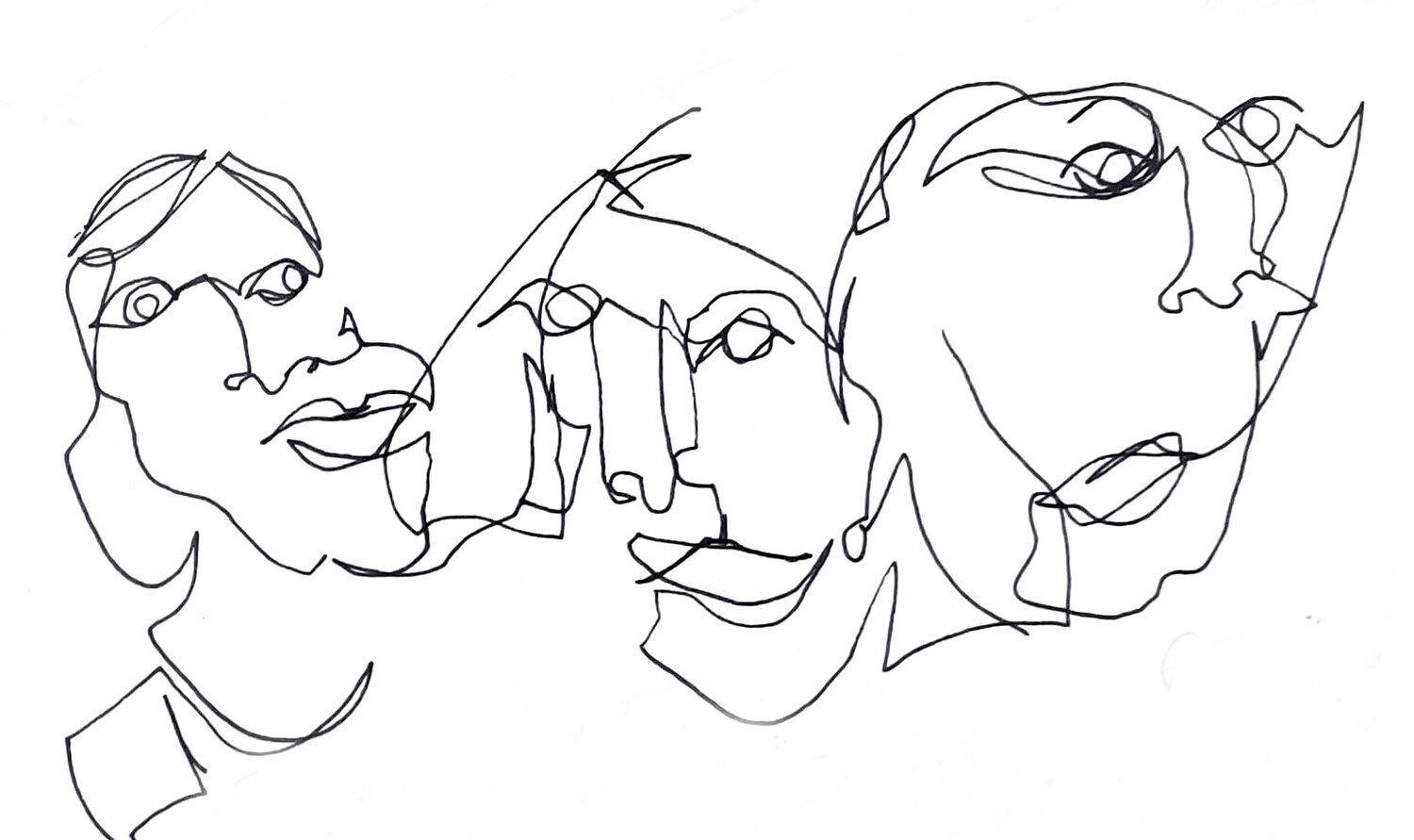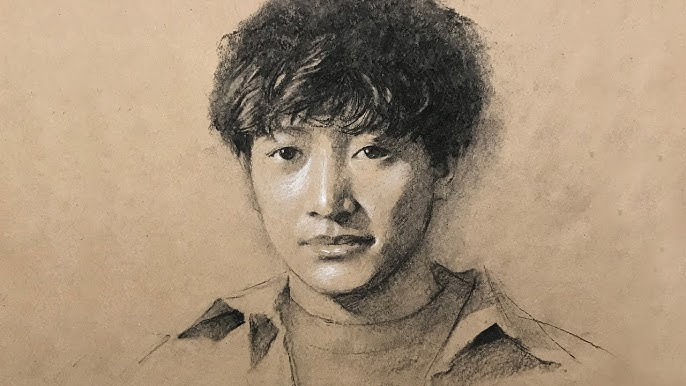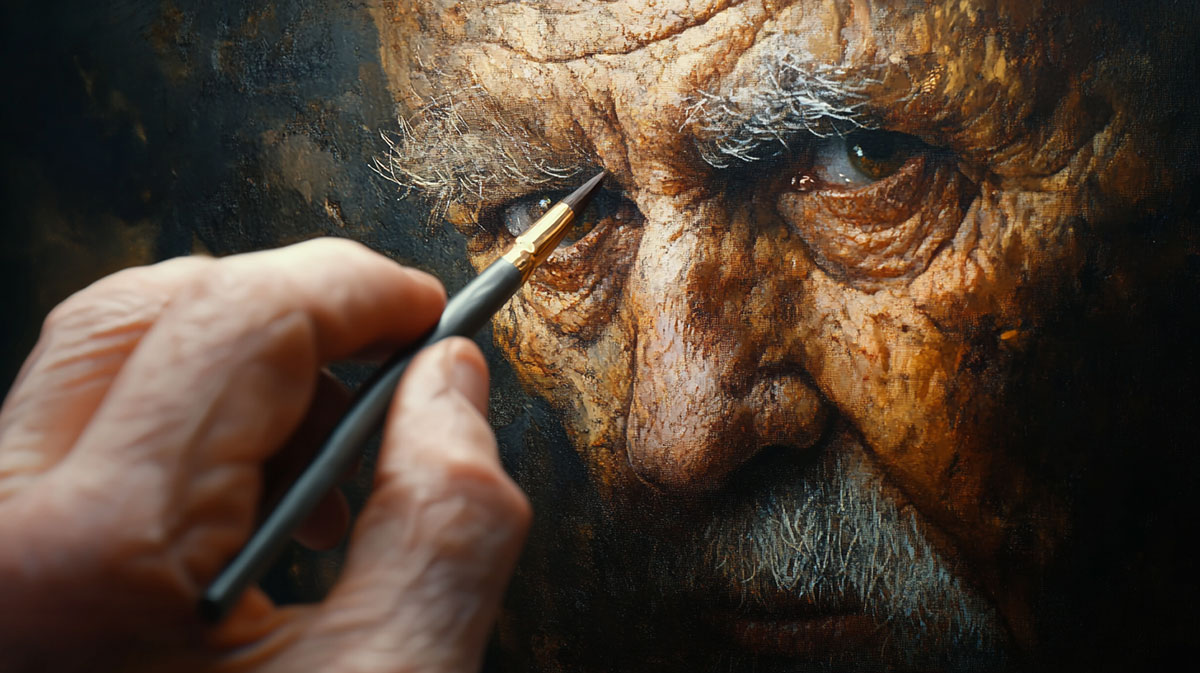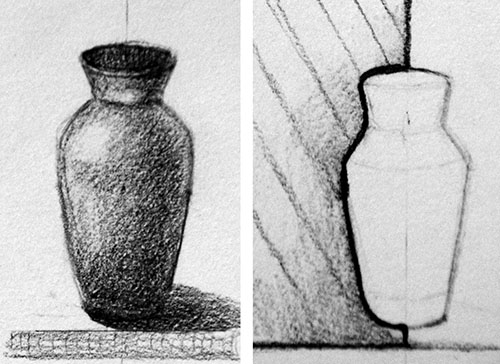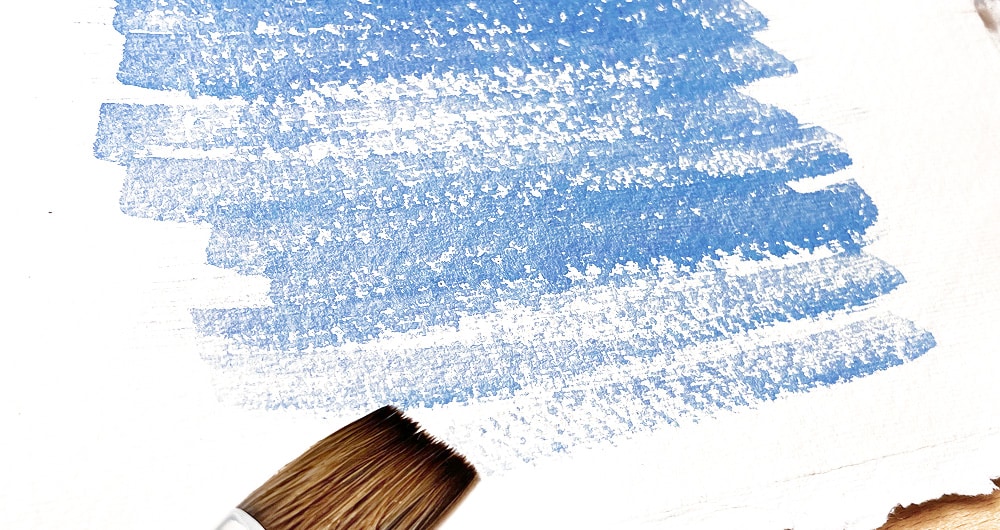Blind contour drawing is a practice where the artist draws a subject without looking at the paper, keeping eyes fixed on the contours of the object. This method nurtures a pure connection between what you see and what your hand renders, stripping away self‑judgment and overthinking. It’s not about a polished outcome but about honing observation skills and trust in your intuition—building a vital foundation for artistic growth.
Why It Matters for Sketchers
This exercise rewires your visual processing, sharpening your ability to truly see shapes, edges, and proportions. By disconnecting from visual feedback, you train your hand‑eye coordination and increase confidence in mark‑making. Artists often report reduced hesitancy, more dynamic lines, and a stronger sense of rhythm in their work. Whether you’re sketching faces, plants, or everyday objects, the quality of your observation begins to improve, even influencing more refined drawings later.
Practice Routine for Maximum Impact
Start with short, focused sessions—1–2 minutes per contour. Position your subject (a favorite coffee mug, plant, or your own hand) in clear view. Let your pencil glide slowly, tracing every curve, without glancing downward. Embrace the wobbles—they’re part of learning. Aim to repeat this daily, mixing in longer sessions now and then. Over time, you’ll notice not only better sketches but a more mindful drawing experience—less perfectionism, more flow. Blind contour is simple, effective, and deeply transformative.
